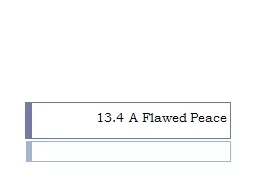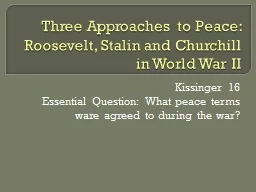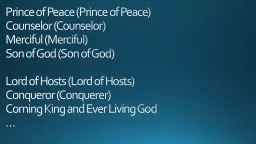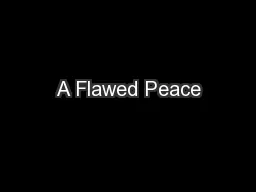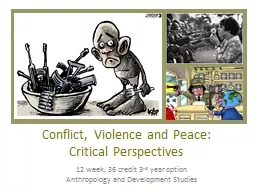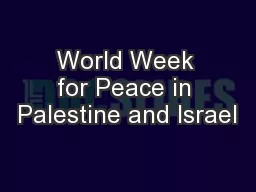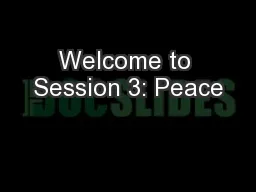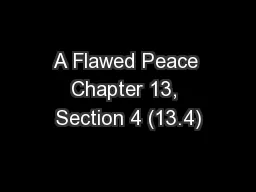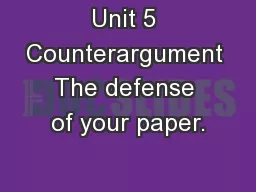PPT-13.4 A Flawed Peace
Author : tatyana-admore | Published Date : 2016-04-20
The Eastern Front Russia is far behind other European countries in industrialization Army faces major losses some troops desert Bolshevik Revolution Tsar Nicholas
Presentation Embed Code
Download Presentation
Download Presentation The PPT/PDF document "13.4 A Flawed Peace" is the property of its rightful owner. Permission is granted to download and print the materials on this website for personal, non-commercial use only, and to display it on your personal computer provided you do not modify the materials and that you retain all copyright notices contained in the materials. By downloading content from our website, you accept the terms of this agreement.
13.4 A Flawed Peace: Transcript
Download Rules Of Document
"13.4 A Flawed Peace"The content belongs to its owner. You may download and print it for personal use, without modification, and keep all copyright notices. By downloading, you agree to these terms.
Related Documents

